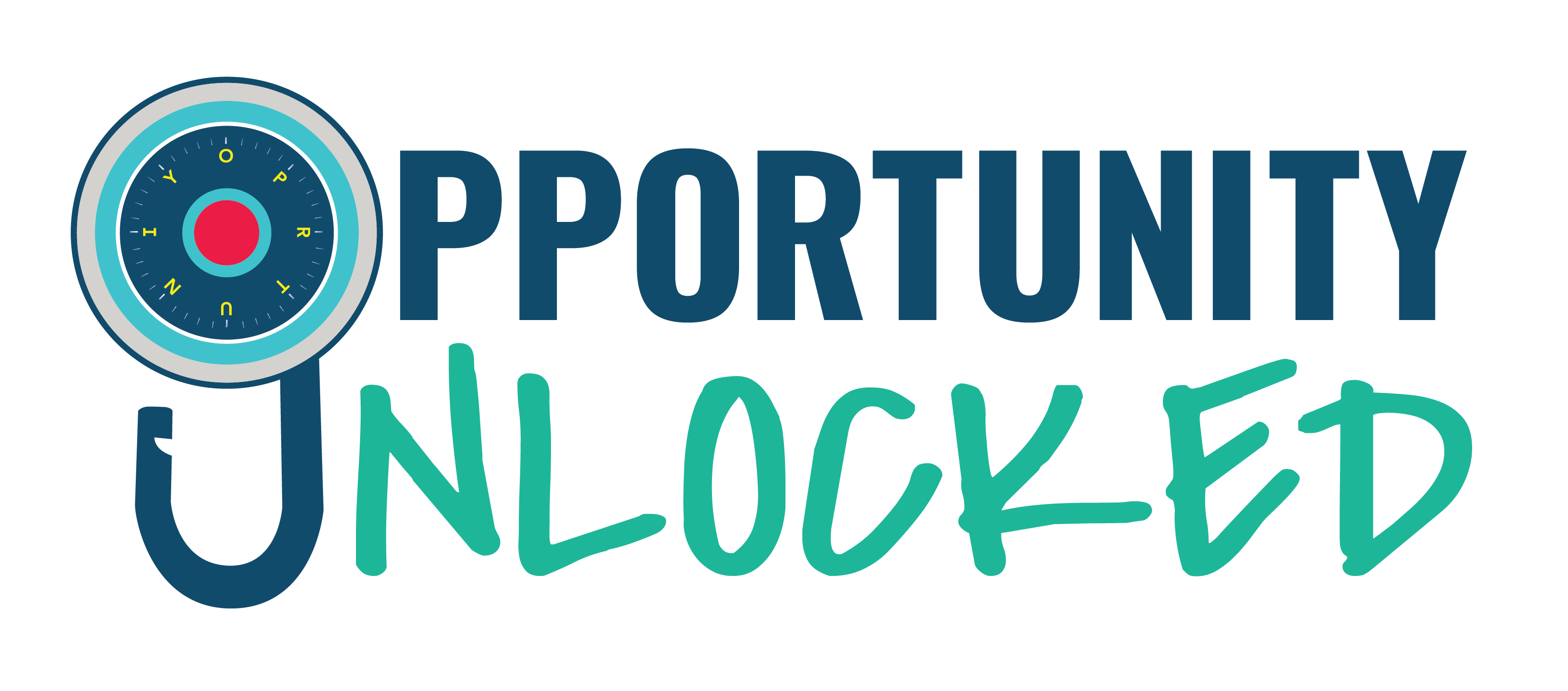This post is written intentionally for homeschooling parents searching for the right science curriculum for their kids. Science can seem daunting, overwhelming, and expensive, particularly if your kid is a college-bound high school student.
As a homeschooling parent, every year comes with assorted new teacher challenges. Your kids are at a new level, you’re doing things you’ve never done before, and there’s a whole year ahead of you. I’ve lived the “New Teacher” story a few times, and it’s definitely not fun. My first year of teaching, I think I ordered examination copies of 6 different curricula trying to find the one that would work with my students. The more I’ve learned about science, the more I’ve realized that wasn’t the right approach. Science is so much easier than you think.
So… without further ado, here are my top tips for choosing a science curriculum for your kid:
Choose the scientific domain your kid wants to explore. For K-8 learners, I recommend using big fields like life science (broadly studying living things), physical science (broadly studying non-living things), and earth science. For 9-12 learners, I recommend choosing specific domains like chemistry, biology, physics, engineering, anatomy, geology, and astronomy. That big domain? That’s what you put on the transcript. Done and done. It’s easy.
Make a list of topics that your kid wants to explore that are related to that big field. Younger kids probably have their list of topics before they have their domain: dinosaurs (earth science), rockets (physical science), dogs (life science), blood (life science), fire fighting (physical science), and rivers (earth science). It’s absolutely okay for younger students to dabble in all of the domains within one year. For older kids, try to group their topics into biology, chemistry, and physics first before adding more science classes onto the transcript. A topic like flight could be classified as either physics or aviation. Similarly, animals could be biology, zoology, or veterinary sciences. Get the foundational sciences of physics, chemistry, and biology out of the way sooner in high school rather than later. [NB: there is no one “right” order for those three sciences. Go with what interests your kid.] If you have more topics than feels good for one science class, go ahead and list two sciences on the transcript. You can get your science curriculum together with anywhere between one and nine topics.
Convert your topic list into big, interesting questions. Do this with your kid. Now, this is where it gets fun. Questions are at the heart of science. Additionally, the questions determine what you need in terms of supplies. For instance, I could imagine a kid interested in physics who wants to explore baseball, light bulbs, recycling, and how wifi works. You’ll want somewhere between twelve and eighteen questions. Sample questions about baseball would be “Why would pitchers want to throw different kinds of pitches during a game?” “Which baseball park is the easiest to hit a home run in and why?” and “How is a baseball similar to and different from other kinds of balls?” Doing science is about finding ways to answer the question. Sample questions about recycling might be “What proportion of materials is actually recyclable?” “What cities have effective recycling programs?” and “What can be done to reduce the amount of single-use plastics?” Big, interesting questions lead to lots of engaged learning.
Start exploring. Seriously, you’re done. You want to keep some documentary record (notebook, journal, photo essay, project portfolio, etc) of what you’ve explored, but your science curriculum is sorted. If you want to repeat steps two and three, you can totally do that as your kids’ interests change. You’re also under zero obligation to answer all of the questions you listed. The only thing you need for the transcript is the domain. And maybe a grade. That’s another bonus of a documentary record of your explorations; you have some evidence for the grade on the transcript if anyone asks to see it.
It’s totally okay (and natural!) to need to enlist the help of mentors and other resources when doing science. I’m here to help, and I’m happy to do what I can to get you connected to others who can help as well. If you have any questions, do use the comments!

